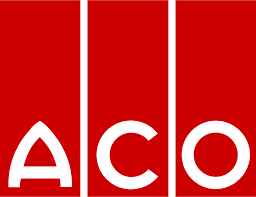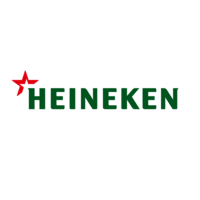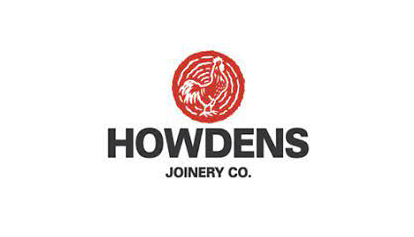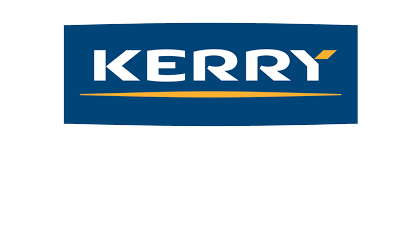
- Details
- Category: Blog
The saying goes "A Volunteer is worth 10 pressed men", a sentiment that most would agree with. In the past it hasn't been easy to measure the impact that motivation and engagement has on Quality, Cost and Delivery performance yet this is a big differentiator between poor and exemplar performers.
What is missing is a measure of what is known in TPM as "Normal Conditions". Normal condition indicators are what experienced shop floor personnel and leaders rely on to identify that a process is working well and where to intervene if it is not. How do they do that?
What to measure
Measures can include build back at key work stations showing a growing abnormal bottle neck, starvation or minor quality defects indicating issues with upstream processes, frequency of minor stops or operator intervention. Where motivation is high, these issues will be systematically reduced which also impacts on engagement and systematic improvement. That is why the achievement of Normal conditions with less effort is at the heart of the TPM Centre of Excellence Roadmap.
Smart Technology and Digitisation make it easy to measure this trend and in doing so provides feedback on both:
- Performance Drivers (data support decisions about transaction links)
- Cultural Drivers (Data to support actions to learn and improve)
Failure to adapt Performance Management processes to do that is at the heart of the failure to realise gains from the use of smart technology in manufacturing. Without engagement, the introduction of smart technology creates isolated pockets of automation, missing out on the gains that enhanced connectivity can deliver.
The table below illustrates how the enhanced connectivity of smart technology combined with the TPM Centre of Excellence road map impacts on roles across the organisation to deliver significant gains which are missing from traditional short term performance management data.
|
Performance Drivers |
Cultural Drivers |
Benefit |
|
|
Senior Manufacturing Leaders |
Stability of output and resource control. |
More flexibility of labour, ease of task transfer, more engaged workforce |
Release of skilled resource for other duties. |
|
Local Production and Maintenance Leaders |
Improved compliance to best practice and labour and material coordination |
Higher team morale, opportunities to develop team potential |
Greater workforce flexibility and fewer mistakes. |
|
Support functions |
Improved data quality, easier to separate signal from noise |
Machine to Machine (M2M) learning to improve productivity and human error risk. |
Improved cross functional teamwork, Shorter skill development time. |
|
Material Supply |
Less urgent jobs, more consistent workflow, simpler logistics triggers. |
Fewer reconciliation issues, higher confidence in system data less hidden inventory |
Reduced quality defect, improved yield. |
|
Production and Maintenance Work planning |
Less call for last minute changes |
More flexibility of who can do what task. |
Increased component lifespan. Reduced unplanned downtime |
|
Maintainer |
Less time on breakdowns |
Easy to do routines, time to focus on raising process effectiveness |
Simplification of routine complex and difficult to do tasks leading to lower risk of human error. |
|
Operator |
Early warning and forward plans based on current asset status. |
Systematic reduction in problem hot spots, more autonomy, better job satisfaction |
Systematic reduction of complex and difficult to do tasks |
Find out how the Lean TPM Roadmap can deliver the full potential or Contact us to find out more about how we can help your team to make that happen.








